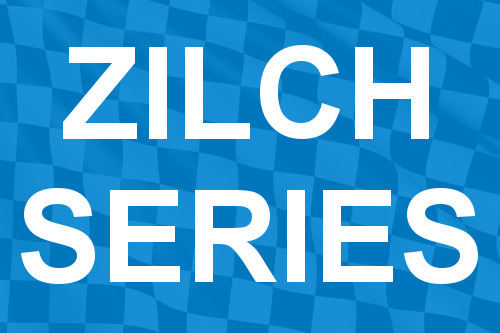

It’s that time of the week again: time for us to look at the past teams that made an exit from the sport of Formula One, having scored no points. This week, we remember Spirit Racing.
Spirit Racing was founded in 1981 by Gordon Coppuck and John Wickham, former March employees. The team planned to start in the 1982 Formula Two season and advance into Formula One. It was financially backed by Bridgestone and Honda, with a sponsorship from Marlboro. The car was highly successful in Formula Two.
Near the end of the Formula Two season, Honda had completed some prototypes for a Formula One engine, allowing Spirit to modify their existing Formula Two chassis to meet the Formula One regulations for the following season. Testing on the new car began quietly at the end of 1982.
Nine rounds into the 1983 Formula One season, the decision was made to enter a single car into the rest of the races that season. Stefan Johansson, the team’s number two driver when they were in Formula Two, was selected to drive. The team made their Formula One debut at Silverstone for the British Grand Prix. The car looked promising, despite some reliability issues with the Honda engine, and qualified for the fourteenth grid position. In the race, the car ran well until the fuel pump broke and the car was retired.
The team failed to complete the race distance at the next race in Germany, as an engine failure sidelined the car less than a quarter of the way through the race. Johansson brought the car across the finish line in P12 and 5 laps behind the race leader in Austria. Having started sixteenth at the Dutch Grand Prix, he finished P7 only 2 laps down to give the team their best result yet, a feat that would not be beat by the team. The car was just one position away from scoring points.
The Italian Grand Prix was cut short by a distributor issue for the team and the European Grand Prix saw Johansson finish in P14. Honda was concerned about the lack of progress being made on the team’s first true Formula One chassis and bailed on the team to take up an offer to be the sole engine supplier of Williams. Without an engine, the team was not able to compete in the South African Grand Prix for the final race of the season.
Despite rumors that the team would not return to Formula One the following season, the team was able to get engines from Hart and the chassis was completed for the car. The team ran into early issues with their driver selection, originally planning to contract Emerson Fittipaldi and Fulvio Ballabio. Fittipaldi abandoned Formula One to pursue a career in IndyCar and Ballabio was unable to obtain an FIA Super License. The team was in contact with Johansson, but he was unable to find adequate funding. Instead, the team found Mauro Baldi and hired him to drive the team’s single car entry.
The new car was slow during qualifying, even failing to qualify for Monaco, and Baldi was unable to achieve good results with the car that was also having reliability issues. After the team’s failed Monaco attempt, Huub Rothengatter stepped in to drive the car. His first outing for the team was not the greatest, failing to complete enough race distance to be classified in the results. The team ran a revised chassis and used a Ford Cosworth engine for the Detroit Grand Prix, but was one second too slow to qualify for the event. The car continued to underperform and Rothengatter struggled to complete the required race distance. Rothengatter’s money ran out after the Italian Grand Prix, so the team invited Baldi back to the team, although wasn’t able to achieve any miracles with the team for the final two races of the season.
The Spirit chassis was again revised for the 1985 season and Baldi returned to the car. Allen Berg had made arrangements to make his Formula One debut with the team mid-way through the season. Early mechanical issues in Brazil and San Marino, with an incident in Portugal prevented the team from finishing any of the first three rounds.
At this point team finances with dwindling. Having abandoned the Pirelli tyres at the end of the 1984 season, the Toleman team was unable to race in 1985 because they couldn’t find a tyre supplier. Toleman management made an offer to purchase the Spirit tyre supply, which was accepted by Wickham. The Spirit team folded and, although Wickham vowed to return to Formula One the following season, the Spirit team never returned.
Points are a difficult thing to obtain in Formula One. In this weekly series, we will look back the past teams who gave it their all, but fell short.
Points are a difficult thing to obtain in Formula One. In this weekly series, we will look back the past teams who gave it their all, but fell short.